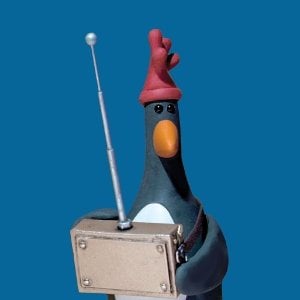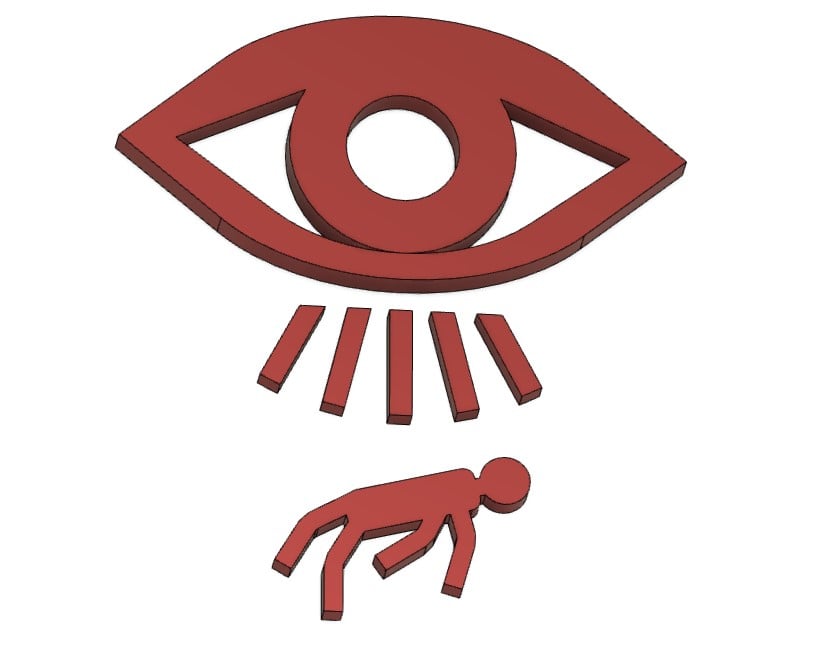There are quite a few choices of brands when it comes to purchasing harddisks or ssd, but which one do you find the most reliable one? Personally had great experiences with SeaGate, but heard ChrisTitus had the opposite experience with them.
So curious to what manufacturers people here swear to and why? Which ones do you have the worst experience with?
If you want real data instead of feels, look at the BackBlaze report they publish every year. Even within a particular manufacturer varying models can have widely different failure stats.
https://www.backblaze.com/blog/backblaze-drive-stats-for-2023/
HGST does trend towards being a winner, and now with the largest Western Digital drives. But you definitely should pay attention to specific models like you said.
With spinning disks, I preferred Seagate over Western Digital. And then move to HGST.
Back in those days, Western Digital had the best warranty. And I used it on every Western Digital. But that was still several days without a drive, and I still needed a backup drive.
So it was better to buy two drives at 1.3 x the price of one Western Digital. And then I realized that none of the Seagate or HGST drives failed on me.
For SATA SSDs, I just get a 1TB to maximize the cache and wear leveling, and pick a brand where the name can be pronounced.
For NVME, for a work performance drive, I pick a 2TB drive with the best write cache and sustainable write speed at second tier pricing.
For a general NVME drive, I pick at least a 1 TB from anyone who has been around long enough to have reviews written about them.
Why does 1TB help with the wear leveling?
An analogy is writing everything on one piece of paper with a pencil. When you need to change or remove something, you cross it out, instead of erasing, and write the new data to a clean part of the paper. When there are no more clean areas, you use the eraser to erase a crossed off section.
The larger the paper, the less frequent you come back to the same area again with the eraser.
Using an eraser on paper slowly degrades the paper until that section tears and never gets used again.
In general and simplifying, my understanding is:
There is the area where data is written, and there is the File Allocation Table that keeps track of where files are placed.
When part of a file needs to be overwritten (either because it inserted or there is new data) the data is really written to a new area and the old data is left as is. The File Allocation Table is updated to point to the new area.
Eventually, as the disk gets used, that new area eventually comes back to a space that was previously written to, but is not being used. And that data gets physically overwritten.
Each time a spot is physically overwritten, it very very slightly degrades.
With a larger disk, it takes longer to come back to a spot that has already been written to.
Oversimplifying, previously written data that is no longer part of a file is effectively lost, in the way that shredding a paper effectively loses whatever is written, and in a more secure way than as happens in a spinning disk.
I thought you meant 1 TB as a sort of peak performer (better than 2+ TB) in this area. From the description, it’s more like 1 TB is kinda the minimum durability you want with a drive, but larger drives are better?
From the drives I have seen, usually there are 3 write-cache sizes.
Usually the smallest write-cache is for drives 128GB or smaller. Sometimes the 256GB is also here.
Usually the middle size write-cache is for 512GB and sometimes 256GB drives.
Usually the largest write-cache is only in 1TB and bigger drives.
Performance-wise for writes, you want the biggest write cache, so you want at least a 1TB drive.
For the best wear leveling, you want the drive as big as you can afford, while also looking at the makeup of the memory chips. In order of longest lasting listed first: Single Level, Multi Level, Triple Level, Quad Level.
This is great, thank you! My next drive is going to be fast and durable.
With the very limited number of drives one may use at home, just get the cheapest ones (*), use RAID and assume some drive may fail.
(*) whose performances meet your needs and from reputable enough sources
You can look at the backblaze stats if you like stats, but if you have ten drives 3% failure rate is exactly the same as 1% or .5% (they all just mean “use RAID and assume some drive may fail”).
Also, IDK how good a reliabiliy predictor the manufacturer would be (as in every sector, reliabiliy varies from model to model), plus you would basically go by price even if you need a quantity of drives so great that stats make sense on them (wouldn’t backblaze use 100% one manufacturer otherwise?)
Removed by mod
Hard disks, WD/HGST.
I’ve had good luck with EMC and NetApp for enterprise solutions, Synology for SMB class NAS storage, and rely on TrueNAS/ZFS on supermicro hardware at home, which has been rock solid for years and years.
Toshiba oddly enough. I’ve been burnt by the big names like Seagate a few times now.
HGST personally, because my failure count over time for those drives has been in the single digits through ~60 drives in around 15 years, though every manufacturer is going to have missteps or failures. I can say I’ve had bad experiences with Toshiba, but I’m sure you can find someone who swears by them also. Ultimately my anecdotal evidence in either direction is an unreliable crystal ball you should take with a grain of salt.
The suggestion to check Backblaze reports is great, but I’d also recommend to vary your manufacturers if you’re able and instead build your storage solution with the assumption that drives are “wear units” and will fail. If you have some redundancy built in where you’re able to tolerate the failure of one (or ideally multiple) drive failures without losing data, then even though the question still matters, it matters a bit less.
Definetly Western Digital for used drives, some time ago I sold like 3 of these IDE old drives from like 15 or 20 years ago and they was working perfectly. IDK of nowadays WD drives but used to be very good at least for me.






